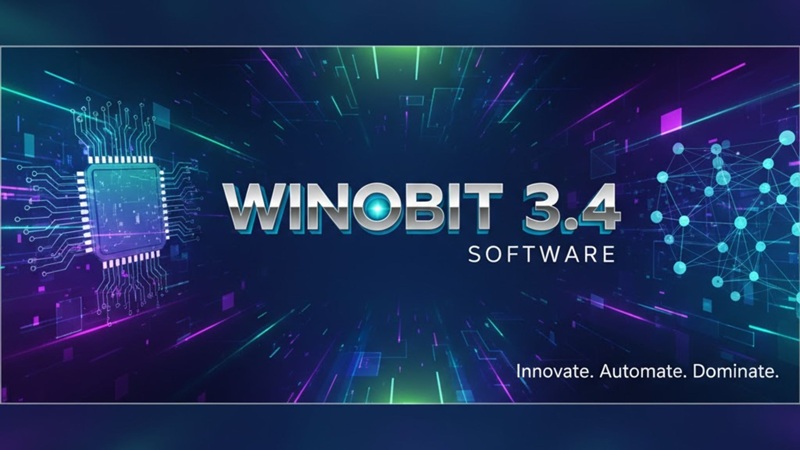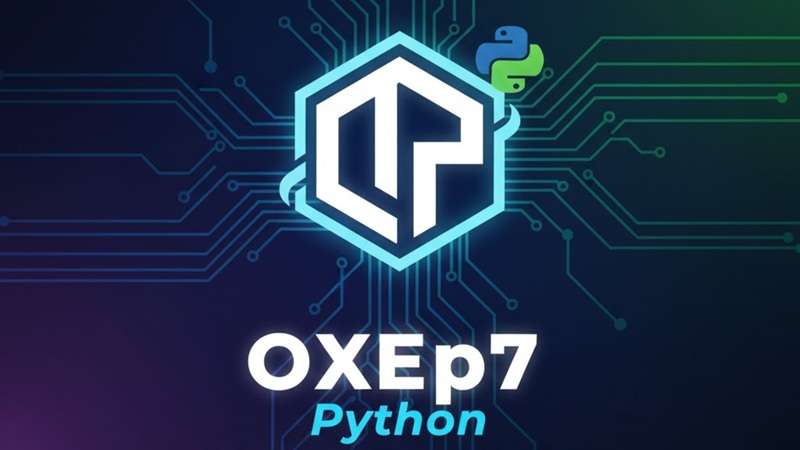Resource Exhaustion Points to Watch
Your server metrics tell you when shared hosting no longer works. CPU usage above 80 percent causes throttling. RAM consumption near 90 percent slows database queries. These numbers appear in your hosting control panel under resource usage graphs.
Shared hosting providers limit resource allocation to maintain stability across all accounts. When your site hits these limits repeatedly, the server automatically restricts processing power. This restriction shows up as slow page loads, timeout errors, and failed database connections.
VPS hosting provides more resources than shared plans but still shares the underlying hardware. Virtual partitions can experience resource contention when other VPS instances on the same machine demand high CPU or disk I/O. Your guaranteed resources become less guaranteed during peak usage periods.
Server Architecture and Physical Infrastructure Considerations
Physical server placement affects performance more than most Small businesses realize. Companies running on shared hosting often share hardware with hundreds of other sites, while VPS environments partition resources virtually on the same machine. Dedicated server hosting puts your business on its own physical hardware, similar to how corporate data centers allocate separate rack units for different departments or how broadcasting stations maintain isolated transmission equipment for each channel.
The hardware isolation creates measurable differences in thermal management and electrical load distribution. A single dedicated server maintains consistent operating temperatures and power draw patterns, unlike shared environments where neighboring sites can cause heat spikes or power fluctuations. This stability translates to fewer hardware failures and more predictable maintenance schedules.
Traffic Volume and Database Load Indicators
Monthly visitor counts provide one migration benchmark. Sites serving over 100,000 visitors per month typically need dedicated resources. This threshold applies to standard content sites with typical page weights of 2-3 MB.
Database-intensive applications reach migration points sooner. E-commerce stores with 10,000 products, membership sites with active forums, or applications running complex queries every page load need dedicated database servers. Shared MySQL instances cannot handle sustained query volumes above 500 queries per second without performance degradation.
Page count matters too. Websites with more than 1,000 indexed pages require more cache memory and disk space than shared accounts provide. Search engines crawl these pages continuously, creating baseline server load that compounds with visitor traffic.
Speed Requirements and User Expectations
Page load times directly affect user behavior. Research shows 47 percent of visitors expect pages to load within 2 seconds. Each additional second of load time reduces conversions by approximately 7 percent for e-commerce sites.
Google measures server response time through Time to First Byte (TTFB) metrics. TTFB above 600 milliseconds triggers ranking penalties in search results. Shared hosting environments rarely achieve TTFB below 800 milliseconds due to queue processing and resource sharing.
Dedicated servers with NVMe storage reduce TTFB to 200-400 milliseconds. This improvement comes from direct disk access, dedicated CPU cores, and optimized network routing. The hardware advantage becomes more pronounced for dynamic content generation and database queries.
Security Threats and Compliance Requirements
Shared hosting exposes your site to cross-contamination risks. If another site on the server gets compromised, attackers can potentially access your files through local privilege escalation. This risk increases with the number of accounts sharing the server.
DDoS attacks targeting one site affect all sites on shared hosting. The server cannot distinguish between legitimate traffic to your site and attack traffic to another site. Your site becomes collateral damage during these incidents.
Compliance standards like HIPAA and PCI DSS require specific security controls. These controls include encrypted storage, audit logging, and network isolation. Shared hosting cannot provide these features due to its multi-tenant architecture.
Cost Analysis and Long-term Planning
Dedicated servers cost 2-4 times more than premium VPS plans. A typical dedicated server runs $200-500 monthly compared to $50-150 for VPS hosting. This price difference seems substantial until you factor in hidden costs.
Shared and VPS hosting charge overage fees when you exceed resource limits. These fees can add $100-300 monthly during traffic spikes. Dedicated servers eliminate overage charges since you own all available resources.
Performance optimization services become unnecessary with dedicated hosting. You no longer need premium CDN plans, caching plugins, or database optimization tools. These services typically cost $50-200 monthly on shared hosting.
Migration Process and Timeline Planning
Pre-migration audits identify potential compatibility issues. Check your current PHP version, database versions, and installed extensions. List all cron jobs, email accounts, and SSL certificates. Document custom configurations and .htaccess rules.
Schedule migrations during low-traffic periods. Most businesses see minimal traffic between 2 AM and 6 AM in their primary time zone. Weekend mornings work well for B2B sites.
The actual migration takes 15-60 minutes for well-prepared transfers. DNS propagation adds 4-48 hours before all visitors reach the new server. Keep both servers running during this propagation period.
Businesses with single websites need 1-3 weeks for complete migration planning and execution. Enterprises with multiple applications or custom integrations require 3-6 weeks. This timeline includes testing, staff training, and contingency planning.
Technical Benefits After Migration
Root access enables kernel-level optimizations. You can install custom drivers, modify system parameters, and run privileged containers. These capabilities matter for applications requiring specific software versions or system configurations.
Dedicated IP addresses improve email deliverability. Shared hosting IPs often appear on spam blacklists due to other users’ activities. Your own IP builds a reputation based solely on your sending practices.
Server-level caching becomes possible with dedicated resources. You can implement Redis, Memcached, or Varnish without affecting other users. These caching layers reduce database load by 60-80 percent for content-heavy sites.



















Leave a Reply